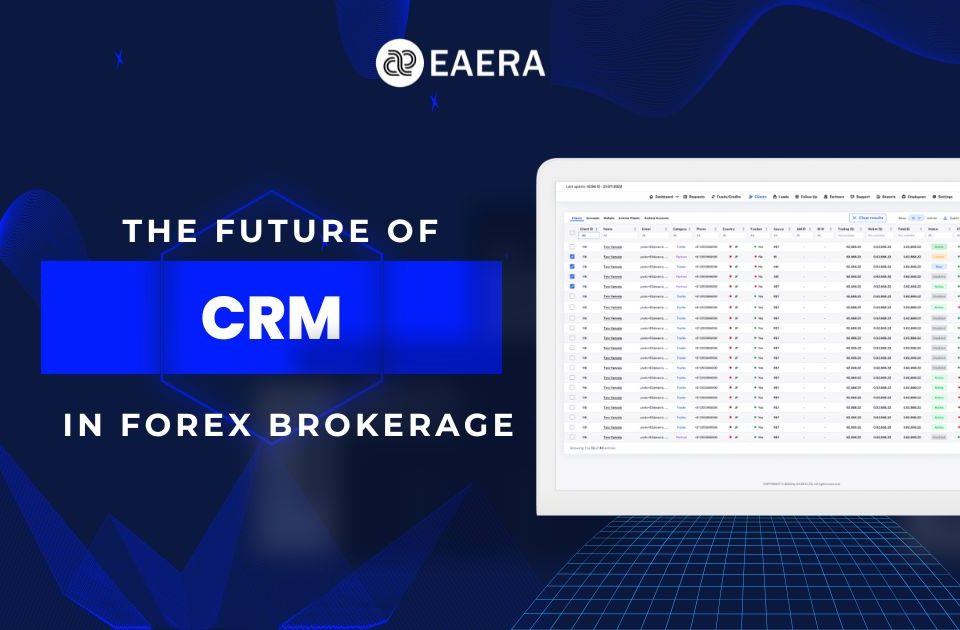
Setting Up a Forex Brokerage: The Role of CRM
February 5, 2023
EAERA PROP System: Revolutionizing Prop Trading Operations
February 29, 20241. Develop a Comprehensive Business Plan
Creating a solid business plan is the foundation of your prop trading venture. Consider the following elements:
- Business Objectives: Define your long-term goals and vision for the firm.
- Trading Strategies: Outline the trading approaches you’ll employ (e.g., high-frequency trading, algorithmic strategies).
- Risk Management Practices: Detail how you’ll manage risk exposure.
- Legal Structure: Decide on the legal entity type (e.g., LLC, corporation).
- Regulatory Compliance: Understand the regulatory requirements in your jurisdiction.
- Financial Projections: Estimate costs, revenue, and profitability.
2. Secure Adequate Capital
Proprietary trading requires capital. Determine how much funding you need to operate effectively. Consider personal savings, external investors, or partnerships. Adequate capital ensures liquidity and flexibility in your trading activities.
3. Register Your Firm and Obtain Necessary Licenses
- Business Registration: Register your firm with the appropriate authorities. Obtain an Employer Identification Number (EIN) if needed.
- Licensing: Research and obtain any licenses required for trading activities. Consult legal experts to ensure compliance.
4. Set Up Trading Infrastructure
- Technology: Invest in robust trading infrastructure. This includes hardware, software, data feeds, and connectivity.
- Trading Platforms: Choose a reliable trading platform that aligns with your strategies. MT4 & MT5
- Risk Management Tools: Implement risk monitoring and control systems.
- CRM and Client Dashboard: EAERA Prop Trading Dashboard
5. Develop and Test Your Trading Strategies
- Backtesting: Create and backtest your trading algorithms using historical data.
- Paper Trading: Simulate trades without real money to validate your strategies.
- Live Testing: Gradually transition to live trading with a small capital allocation.
6. Start Trading and Monitor Performance
- Execution: Execute trades based on your strategies.
- Performance Metrics: Monitor key performance indicators (KPIs) such as profit and loss, Sharpe ratio, and drawdown.
- Adapt and Improve: Continuously refine your strategies based on real-world performance.
Conclusion
Setting up a prop trading firm involves careful planning, financial management, and adherence to regulations. Remember that success in proprietary trading requires discipline, adaptability, and continuous learning. As you navigate this exciting journey, stay informed, stay agile, and let your passion for trading drive your firm’s growth! 📈💡











